(Prices correct as of today’s date, are updated daily, are subject to change and represent genuine availability at time of update).
Cruise only holidays are financially protected by ABTA. Fly cruise holidays are financially protected by Marella Cruises under ATOL number
Please click here to check the essential travel requirements before booking this cruise.
Want to add a hotel stay or change your flights?
Just call our team of cruise specialists to help build your dream cruise holiday today!
Spread the cost of your holiday! Interest Free Monthly payments are based on a deposit of £60pp, and 4 monthly installments in accordance with our balance due date.
Prices based on 2 people sharing. Cruise only price does not include flights. Fly-cruise price may vary by chosen UK airport.
Itinerary

Corfu
Corfu town today is a vivid tapestry of cultures—a sophisticated weave, where charm, history, and natural beauty blend. Located about midway along the island's east coast, this spectacularly lively capital is the cultural heart of Corfu and has a remarkable historic center that UNESCO de ... Read More
Corfu
At Sea
Santorini
Rhodes
Mykonos
Heraklion (Iraklion), Crete
Katakolon
Corfu
Explore Marella Explorer













Latitude 53
The main waiter service restaurant is a good-looking place, with a gold-and-grey colour scheme and floor-to-ceiling windows. Menu-wise, you can expect traditional dishes with a modern twist.
Fast Facts:
- Serves Breakfast, Lunch & Dinner
- Waiter Service
- Included
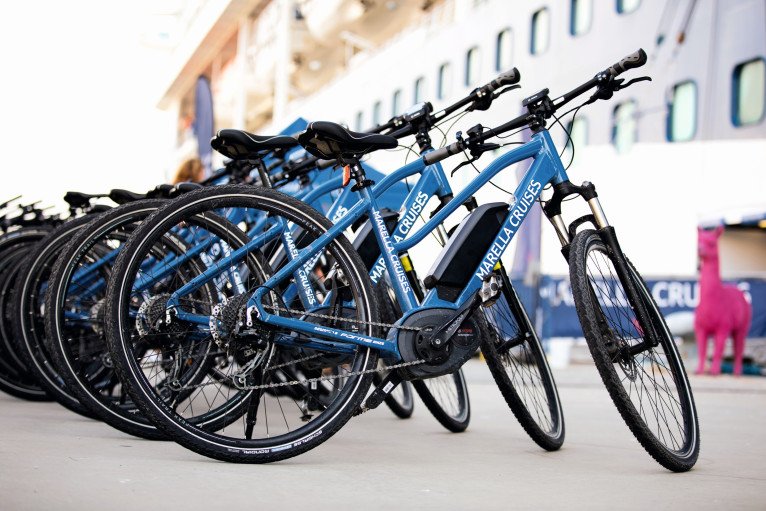
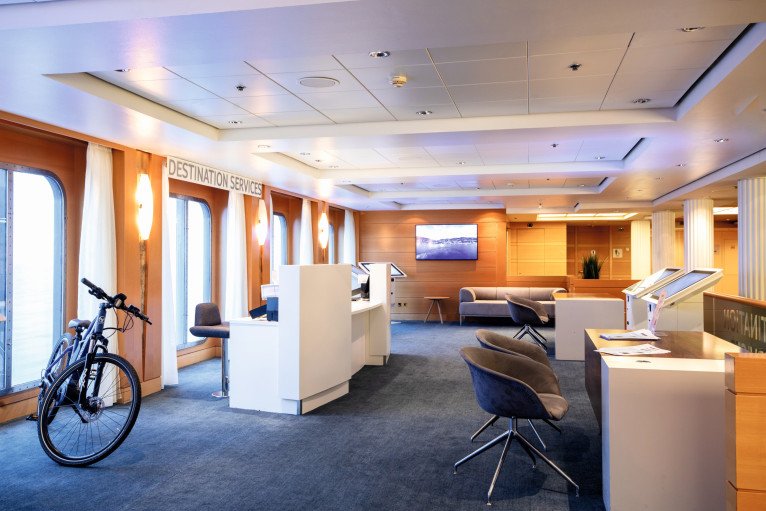

Bike Tours
For a different way of exploring a port of call, try one of our e-bike tours
This way, you can really get to know a destination and see the places that bus tours can't reach. You'll be led around by a guide, who'll give you the lowdown on all the sights.



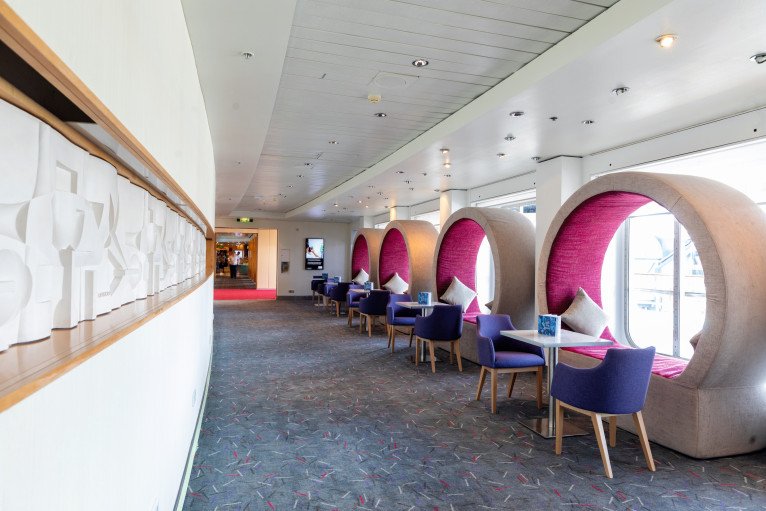











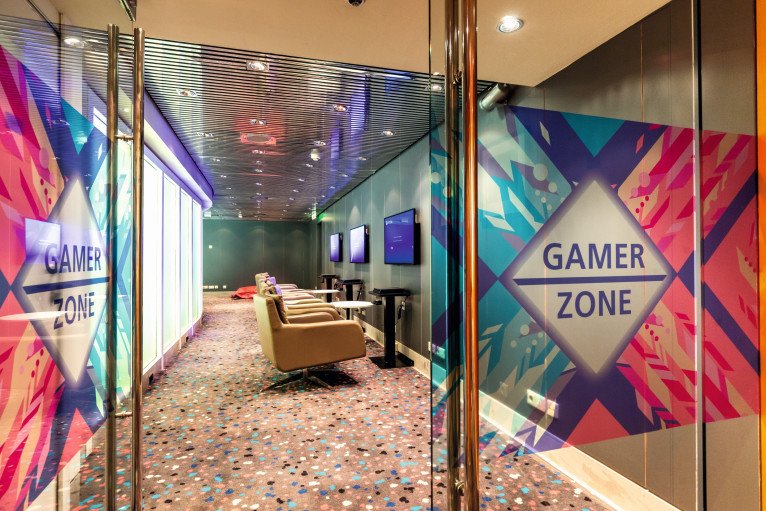

Broadway Show Lounge
With a capacity of 1,000 people, this show lounge is big enough to rival a Broadway theatre. And that’s not all it’s got going for it. There are 12 brand-new shows on offer, plus you'll be handed a drink on arrival.
- 12 Unique Shows
- 2 Shows a Night
- West-end Style Shows









Spa and beauty salon
In this state-of-the-art spa you can book in for treatments, like facials, body wraps and massages, plus there’s a beauty salon. The spa doesn’t scrimp on size. In fact, it’s the biggest in the fleet – packing in a relaxation room and made-for-two suites. There’s also an adults-only sauna with floor-to-ceiling windows and a steam room. Just so you know, there's a charge for treatments and use of the facilities. Alternatively, you can work up a sweat with the sea in sight at the gym.
Fast Facts:
- Hair & Beauty Salon
- Wide Range of Treatments Available
- Chargeable




Hideout
This hangout spot has been designed with older kids and teens in mind – think games consoles, air hockey and comfy seating. Plus, there's an al fresco terrace with a couple of colourful hammocks.
- Dedicated Teen Hangout Area
- Organised Activities in High Season
- Included
Deck 14

- The Veranda
- The Veranda Cabanas
- The Hideout
Deck 12

- Sports Court
- Family Deck
- Minigolf
- Jogging Track
- The Shack
- Indigo Club
- Indigo Bar
- Indigo Casino
- Junior Suites
- Large Balcony Cabins
- Inside Cabins
Deck 11

- The Mediterranean Bar
- The Mediterranean Italian
- The Mediterranean Tapas
- The Market Place Buffet Restaurant
- Snack Shack
- Movies by Moonlight
- Pool
- Whirlpools
- Pool Bar
- Scoops
- Salon
- Spa and Beauty Salon
- Gym
Deck 10

- Executive Suites
- Junior Suites
- Family Balcony Cabins
- Large Balcony Cabins
- Balcony Cabins
- Inside Cabins
Deck 9

- Kids Pool
- Mini M Club
- Kids' Club
- Large Balcony Cabins
- Balcony Cabins
- Outside Cabins
- Inside Cabins
Deck 8

- Atrium
- Gamer Zone
- The Hideout
- Balcony Cabins
- Family Balcony Cabins
- Outside Cabins
- Inside Cabins
Deck 7

- Squid & Anchor
- Umi Sushi
- Surf & Turf Steakhouse
- Apertif
- Kora La
- Atrium
- Broad Street Shops
- Broadway Show Lounge
Deck 6

- Latitude 53
- The Lounge
- The Coffee Port
- Cruise Holiday Store
- Photo Studio
- Photo Kiosk & Gallery
- Cinema
- Broadway Show Lounge
Deck 5

- Latitude 53
- 53 Bar
- Vista
- The Dining Club
- Atrium
- Destination Services
- Reception
- Adapted Outside Cabins
- Adapted Inside Cabins
- Single Outside Cabins
- Single Inside Cabins
- Inside Cabins
- Outside Cabins
Deck 4

- Outside Cabins
- Inside Cabins
- Single Outside Cabins
- Single Inside Cabins
- Medical Centre
Marella Explorer Cabins & Suites


Inside Cabin



Outside Cabin



Family Balcony Cabin


Executive Suite
Other dates available
Our Award Winning Service
-large_thumb.jpg)
Best Workplaces in Travel 2024

Best Company Top 100

Best Cruise Online Agent 2019

Best Cruise Online Agent 2021

TTG Top 50 Ocean Cruise Agency 2019

TTG Top 50 Ocean Cruise Agency 2022

Best Online Travel Agency 2022

Large Cruise Agency of the Year 2023
Our Award Winning Service
-large_thumb.jpg)
Best Workplaces in Travel 2024

Best Company Top 100

Best Cruise Online Agent 2019

Best Cruise Online Agent 2021

TTG Top 50 Ocean Cruise Agency 2019

TTG Top 50 Ocean Cruise Agency 2022

Best Online Travel Agency 2022



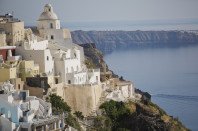
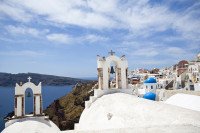

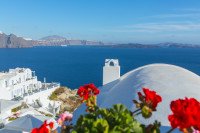

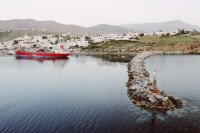
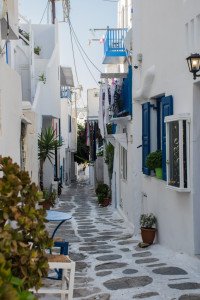
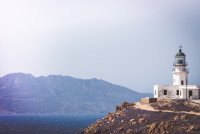
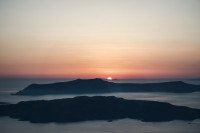
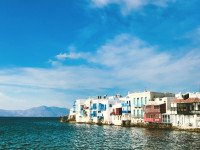
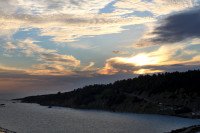
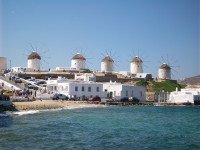
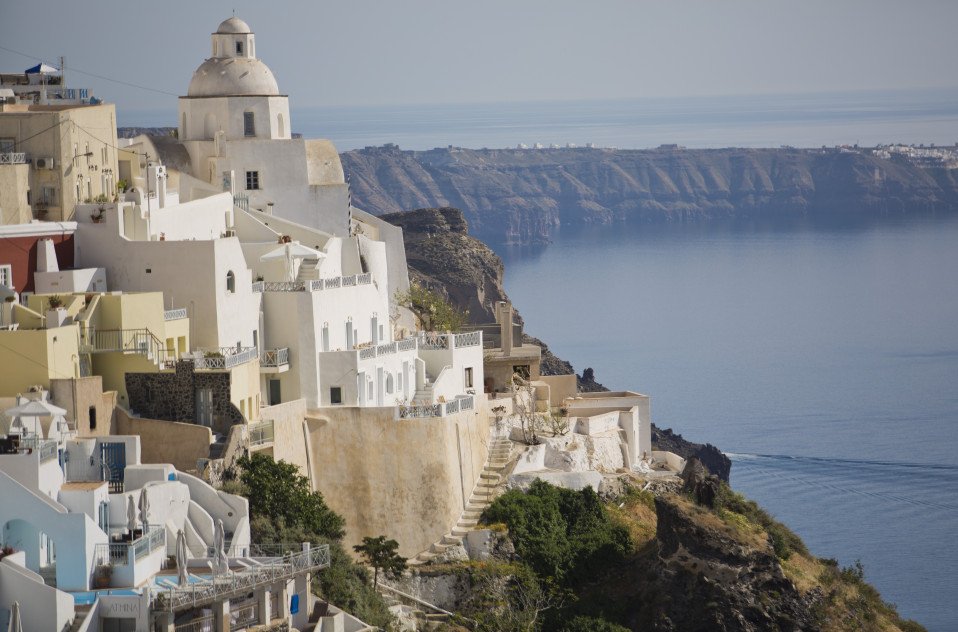
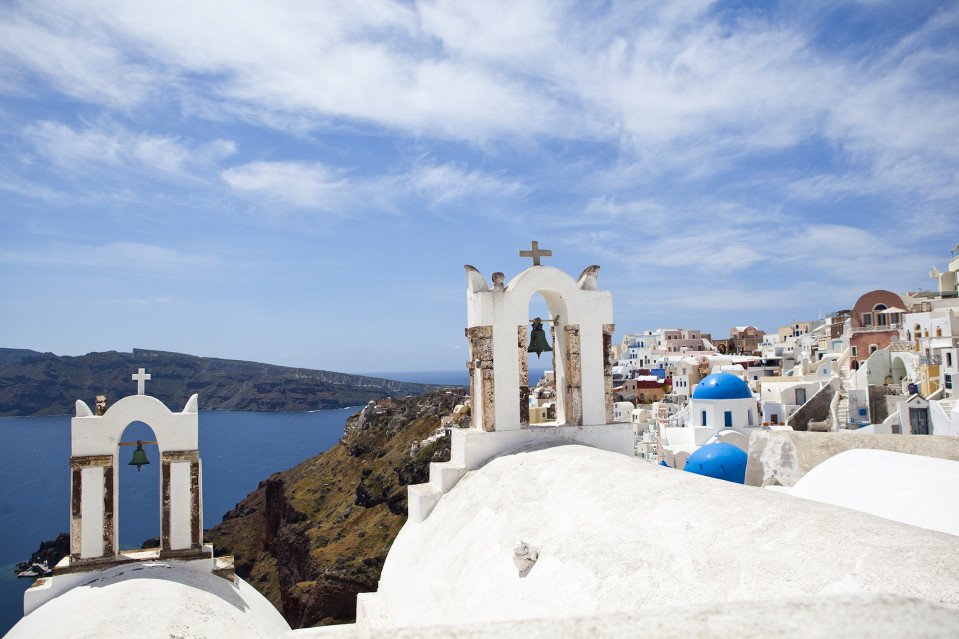

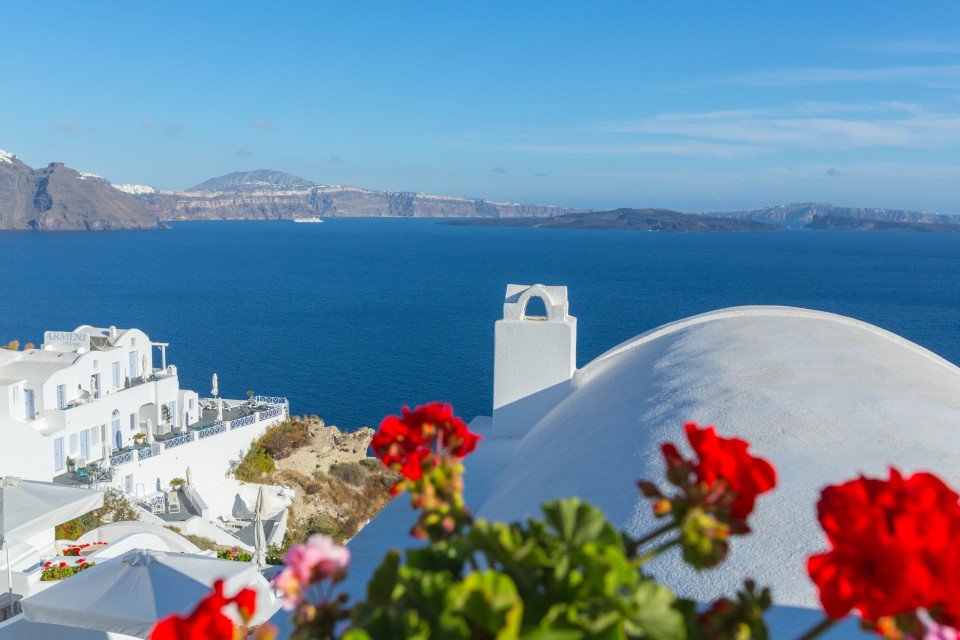
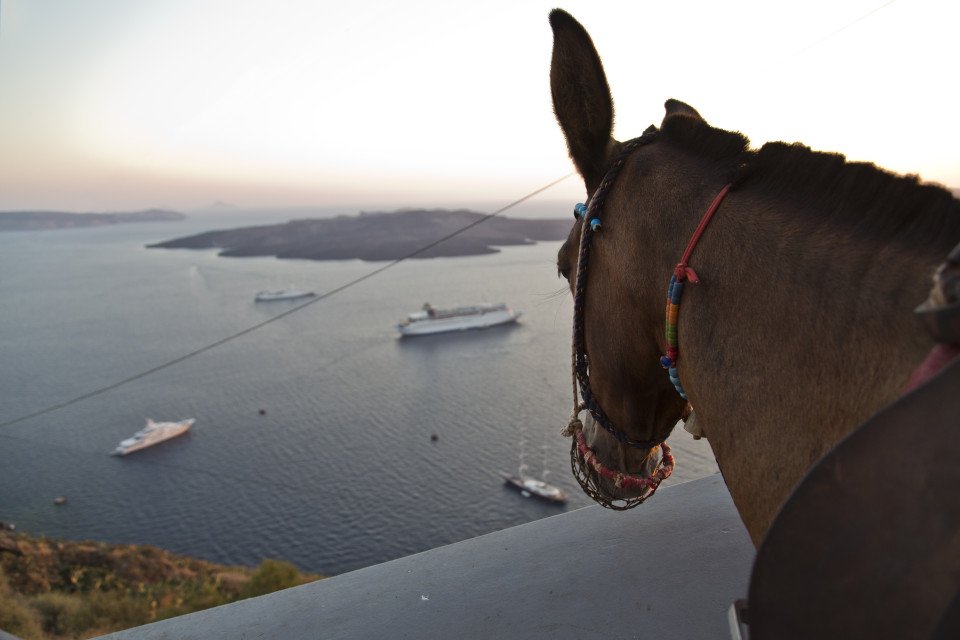
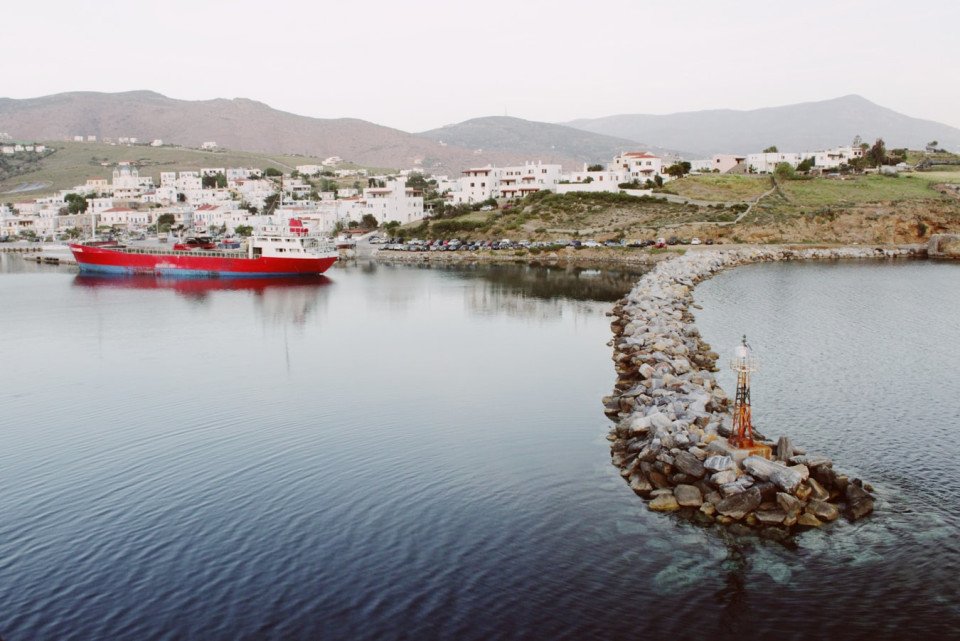
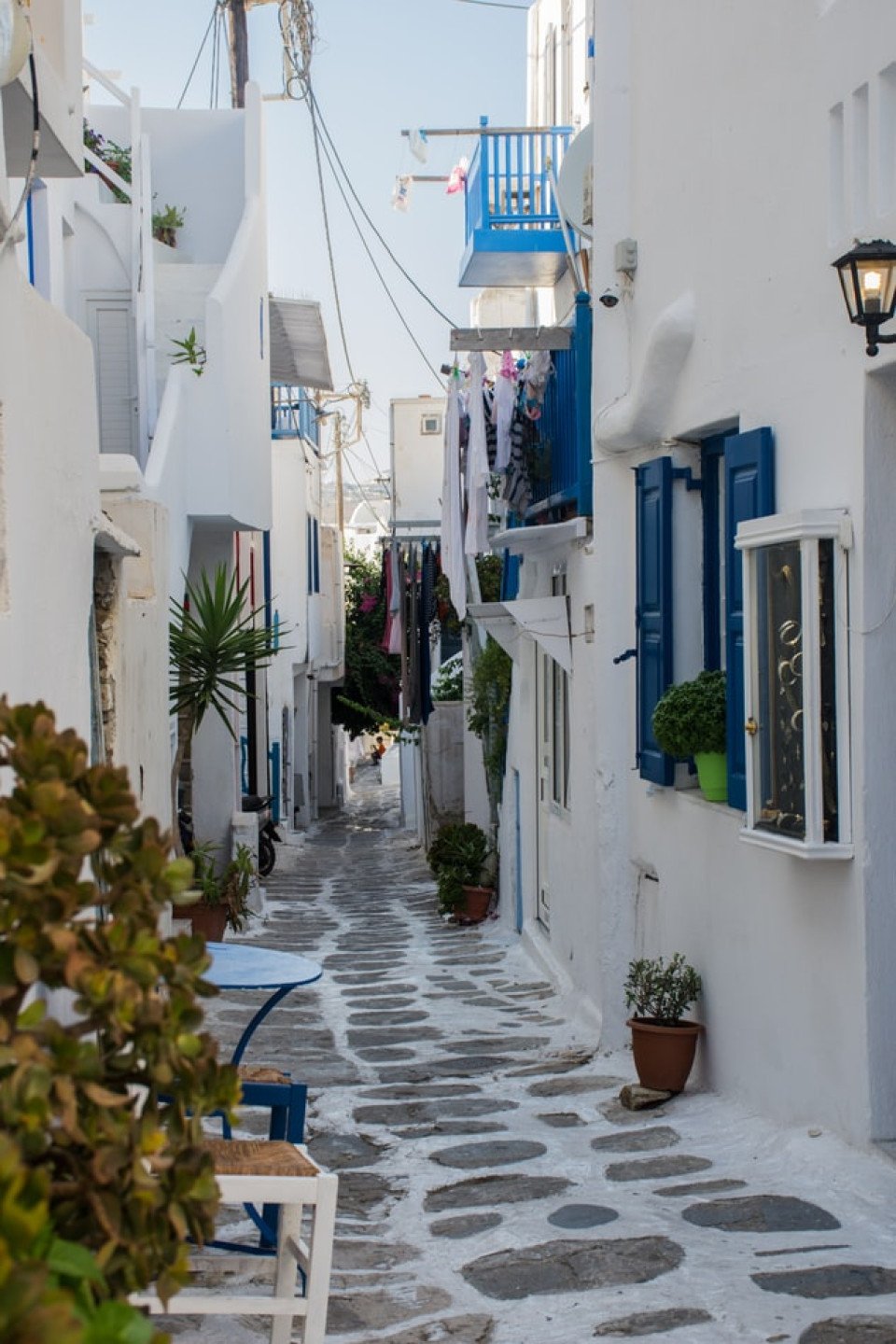
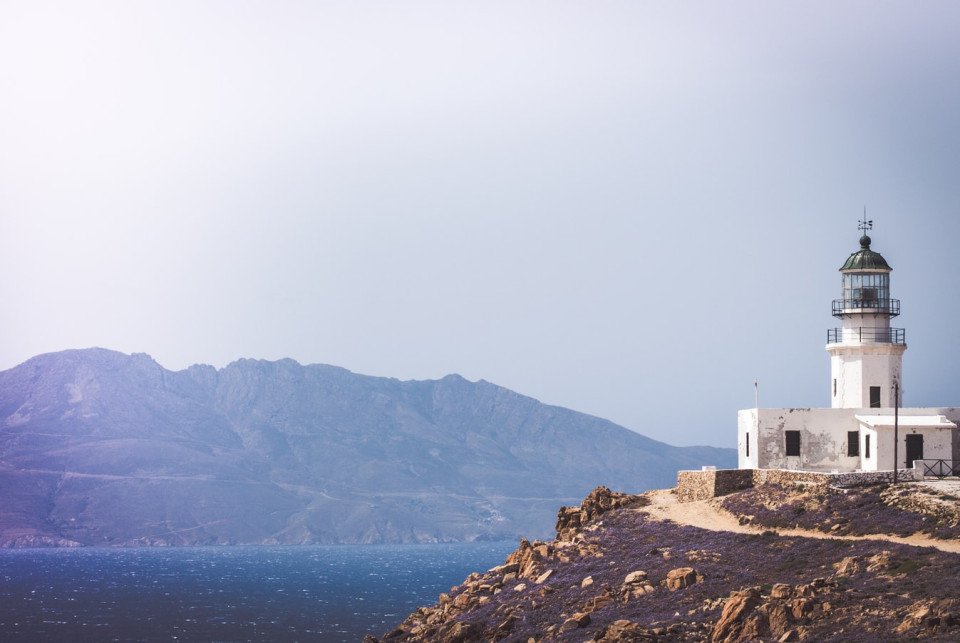
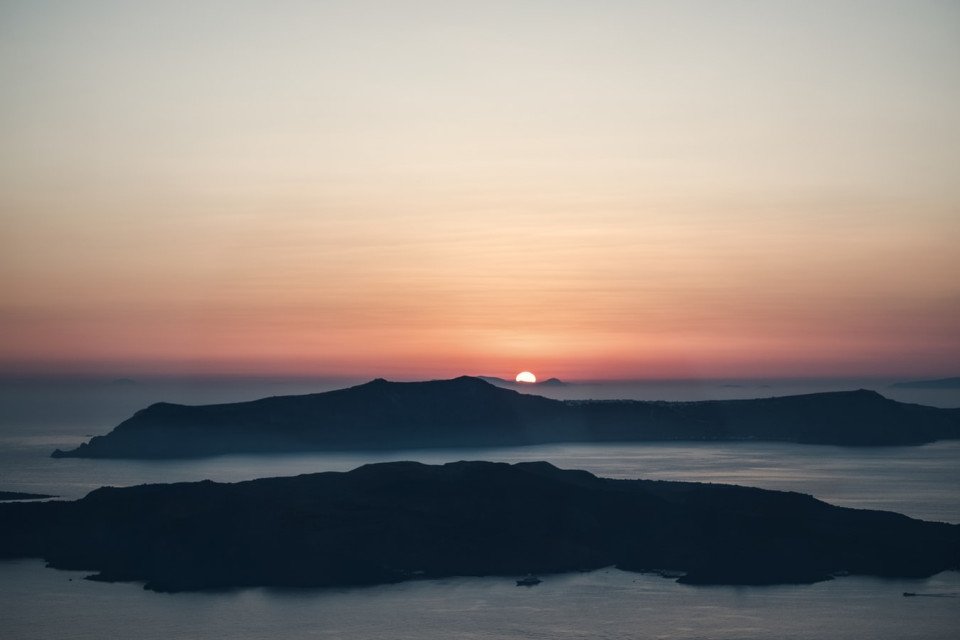
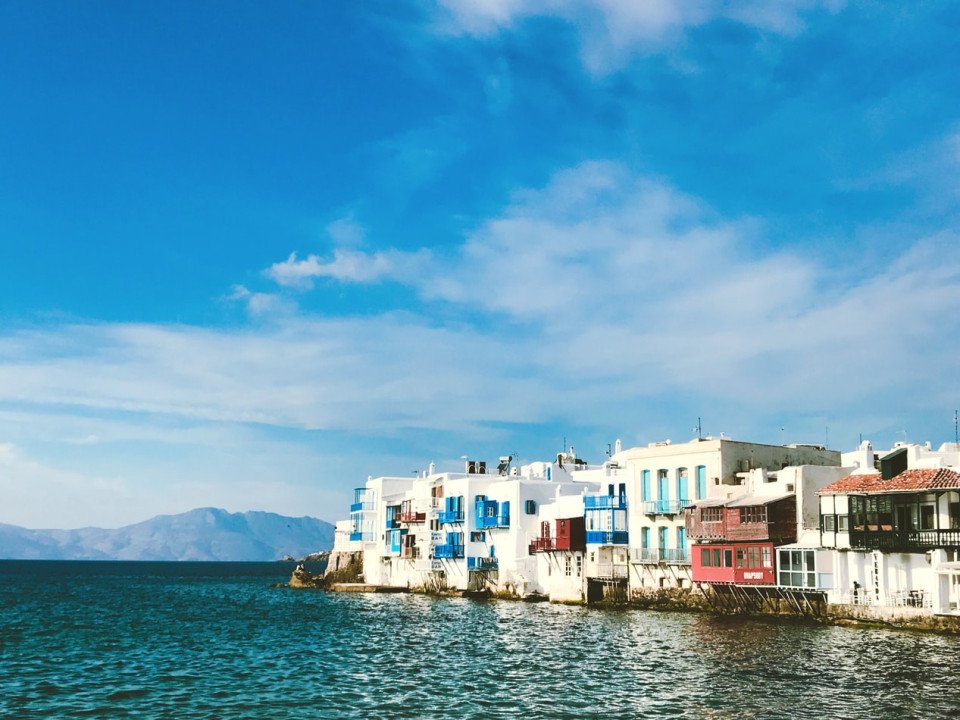
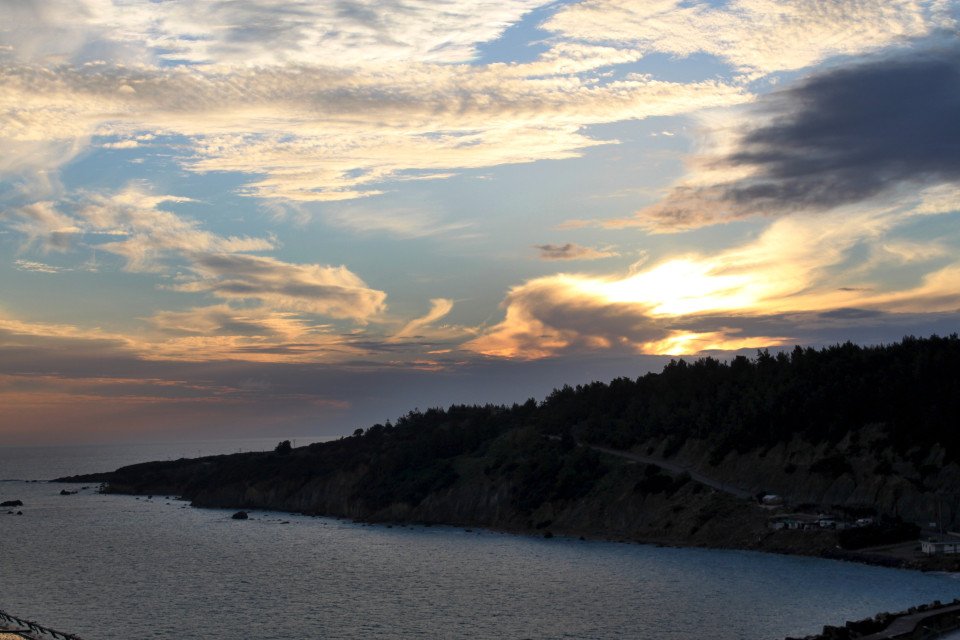
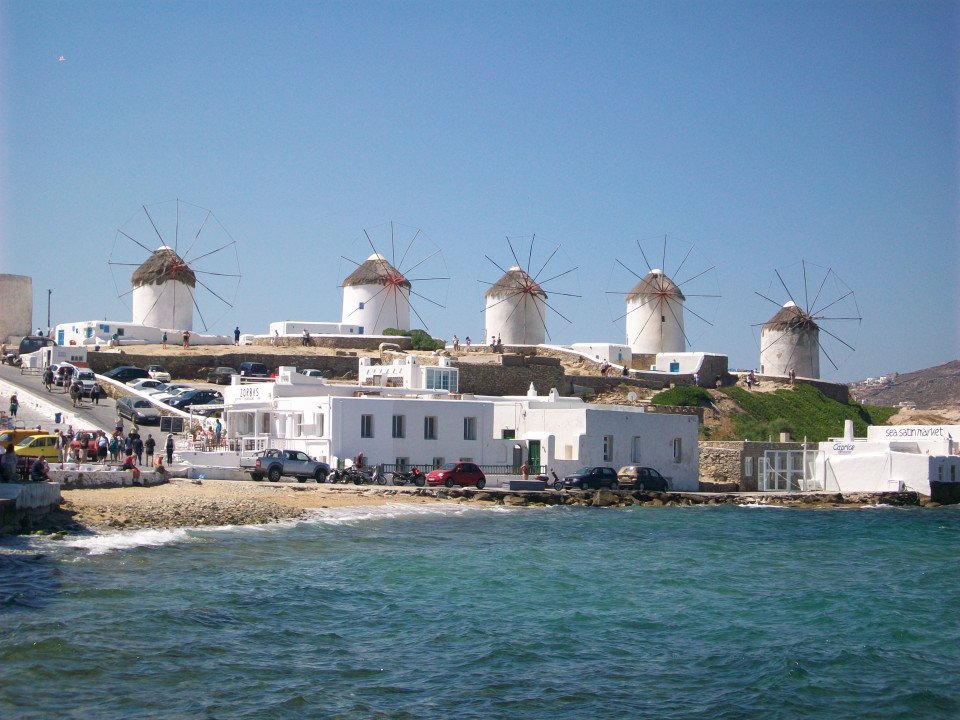

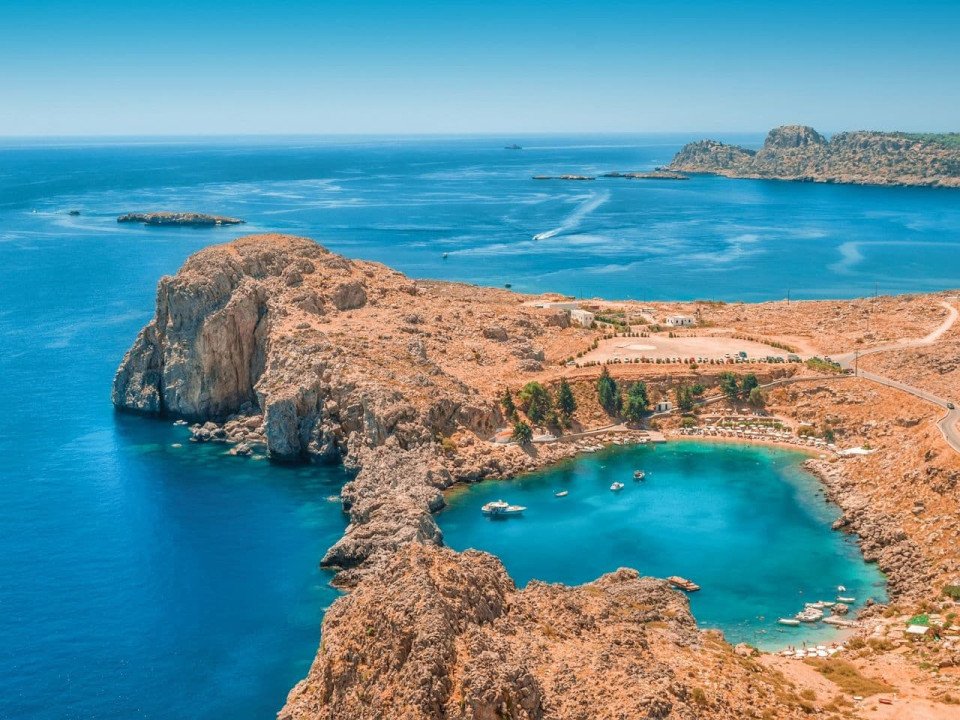
,-Crete-custom_banner-banner_half.jpg)









